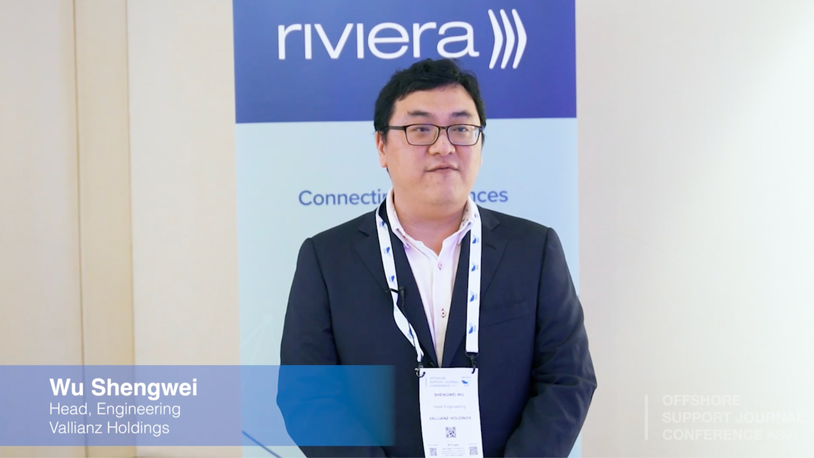Embracing Green Technology: The Future of Offshore Support Vessels
Key Ideas
- Wu Shengwei advocates for the application of hydrogen fuel cells and batteries to reduce emissions in offshore operations.
- Hydrogen, alongside LNG and ammonia, is seen as a promising alternative fuel for newbuild OSVs in the long term.
- Improvements in battery energy density and the availability of three types of hydrogen fuel cells suggest a bright future for green technology in the industry.
- PEM fuel cells are highlighted as the most suitable for OSV applications, catering to varying power needs and dynamic positioning requirements.
Wu Shengwei, the head of engineering at Vallianz Holdings, discussed the potential of green technology in offshore support vessels during an interview at Riviera’s Offshore Support Journal Conference, Asia 2024 in Singapore. He emphasized the benefits of utilizing hydrogen fuel cells and batteries to eliminate emissions from harbor, coastal, and offshore operations. As the industry evolves, there are growing opportunities to integrate alternative fuels like LNG, ammonia, and hydrogen in newbuild OSVs. Mr. Wu noted the advancements in battery energy density and the availability of different types of hydrogen fuel cells—proton-exchange membrane (PEM), solid oxide, and molten carbonate. Among these, PEM fuel cells are regarded as the most suitable for OSV applications due to their ability to meet varying power demands and dynamic positioning requirements. The conference also highlighted the upcoming Riviera’s Offshore Support Journal Conference, Middle East in Dubai, UAE, in December 2024, which aims to bring together industry stakeholders to explore strategies for success in the flourishing offshore market.
Topics
Middle East
Green Technology
Alternative Fuels
Market Strategies
Industry Conference
Energy Density
Offshore Support Vessels
Power Requirements
Latest News
